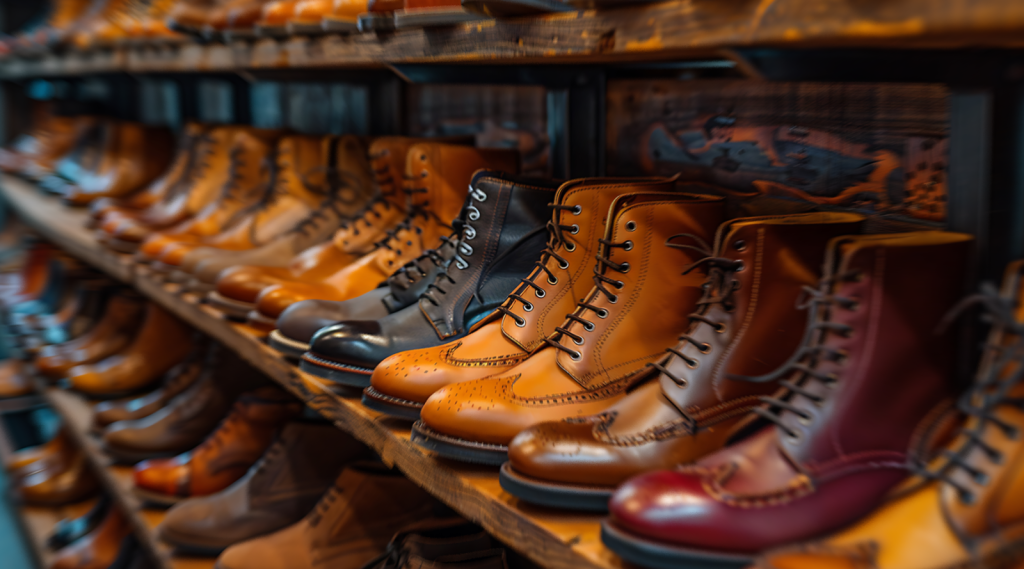How Did India’s Shoe Industry Become a Billion-Dollar Industry?
Footwear in India is now a $8.80B industry! With e-commerce, premium brands, and sustainability reshaping the market, who will dominate this booming sector?

Footwear in India has moved well beyond utility. Once dominated by unorganized, low-margin products, it has become a USD 8.8 billion lifestyle market shaped by rising incomes, digital adoption, and shifting consumer aspirations. From formal shoes to sneakers and athleisure, the segment is now driven by identity, not just function.
This evolution is backed by macro fundamentals. Disposable income rose from USD 2.04 trillion in 2018 to USD 3.44 trillion in 2023, enabling consumers to trade up. Branded footwear is growing at over 20% between 2023 and 2028, while the overall market is projected to expand at a CAGR of 11.04% between 2023 and 2027. The category’s shift from low-involvement to high-growth is n ow drawing sustained interest from investors.
Shoes as a Lifestyle Statement
Footwear in India is no longer just about covering feet; it's about making an impression. The branded footwear segment is expected to surge by 20% between 2023-2028, powered by consumers who are trading up for quality, comfort, and style. And the money backs it up—India’s disposable income hit USD 2.76 trillion in 2022, a leap from USD 2.04 trillion in 2018. This isn’t just about rising incomes; it’s about a mindset shift—people are willing to pay more for a great pair of shoes.
E-commerce is Changing the Game
When was the last time you walked into a store to buy shoes without checking them online first? You don’t remember, right? Online sales now control 16.5% of India’s footwear market, thanks to endless options, discounts, and doorstep convenience. And with India’s e-commerce market projected to hit USD 100 billion by 2024, this space is only getting bigger. The message to traditional retailers? Innovate, or get left behind.
Who’s Leading the Race?
The big players are staking their claims. Bata, Campus, Metro Shoes, and Khadim dominate homegrown retail, while international giants like Nike, Puma, and Adidas tap into India’s low-cost, high-volume manufacturing. With 16 billion pairs produced annually, domestic brands are fiercely protecting their turf. But in an era where trends change at the speed of Instagram, who’s really leading?
Sustainability is the New Status Symbol
Indian shoppers are getting pickier. Leather still holds a 44% market share, but sustainable and vegan alternatives are making waves. Oil-proof soles, plant-based materials, and “green” footwear are turning heads. Will the next big disruption in footwear come from sustainability?
It’s not all smooth walking. Counterfeits flood the market, supply chain disruptions mess up inventory, and infrastructure gaps slow down distribution. Eastern India, for instance, holds just 17% market share, compared to 30% in the North. The brands that tackle these roadblocks smartly will be the ones that thrive.
Why Investors Should Pay Attention
An 11.04% CAGR from 2023 to 2027 isn’t just an opportunity—it’s a call to action. The government’s Production-Linked Incentive (PLI) scheme, with INR 26 crore (USD 12.78 million) allocated for footwear and leather, is setting the stage for big investments. Will India become the next global footwear powerhouse? The signs are promising.
Who Will Own the Future?
The Indian footwear market is no longer just about selling shoes—it’s about storytelling, innovation, and brand positioning. As competition heats up, only the most agile brands will dominate. The real question: Which brand will own the future of Indian footwear, and who will be forgotten?
Want to get ahead in this booming market? Ken delivers expert insights to help businesses and investors make winning moves.


